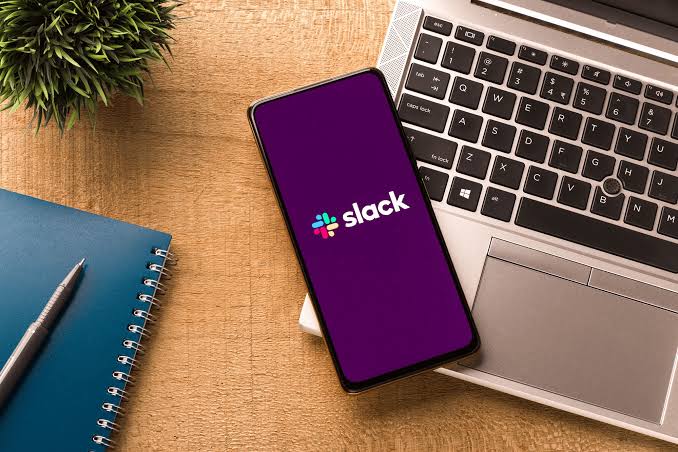Slack, the popular messaging software, has recently announced that it was collaborating with OpenAI to provide its users with access to ChatGPT.
Rob Seaman, the company’s product manager, announced the exciting news to attendees at the Salesforce World Tour event in New York City.
The company is improving its platform by putting AI at the heart of how its consumers engage with it. Users will find it simple to communicate with one another, obtain information, and build up workflows.
If you’re not sure what to say to a coworker over Slack the next time, ChatGPT may be able to assist you.
With this new advancement, it will no longer be limited to operating as a communication platform. Businesses may now access enterprise systems directly, saving time switching between jobs. We will be able to work and communicate in more productive and efficient ways than ever before due to AI.
While the announcement of its latest feature integration into OpenAI was made on May 4th, 2023, the majority of the functionalities are not yet available.
Artificial intelligence is being taken very seriously by technology companies. Since ChatGPT has become the most popular AI chatbot, other tech behemoths such as Microsoft and Samsung are incorporating AI into their brand identities.
Read also: Snapchat introduces AI amidst criticisms
Slack GPT: Generative AI embedded inside Slack
Rob Seaman said that companies use communication platforms to send messages, so it already has a lot of institutional information. This information includes texts, files, and clips that are shared every day, which makes it a great starting point for building AI models.
Firstly, the platform will bring AI natively into the user experience with Slack GPT. Customers will be able to work faster, connect better, and learn more quickly due to this integration. For example, AI-powered recaps of conversations and writing help for compositions will be available right away.
“We think that Slack has a unique advantage when it comes to creative AI. A lot of the institutional knowledge about every topic, team, work item, and project is already in Slack through the messages, files, and clips that are shared every day,” he said.
“To start, Slack is going to build AI right into the user experience with SlackGPT to help customers work faster, interact better, learn faster, etc.” “And an example of this is AI-powered reports of conversations and writing help for compositions that will be directly available in Slack,” he said.
Artificial intelligence-generated content
AI-made material for its connected apps is another feature. This might make it easier for businesses to make material for Slack Canvas, which is a useful tool. Even though it might be easy to write a simple message, this feature will help a lot when it comes to making automated messages that are part of a process.
Developers can also use AI integration and incorporate it into their procedures. This will let them connect to outside apps and large language models so they can make custom experiences with generative AI.
“The company just made its updated developer experience available to everyone last week,” says Seaman. This should make it easier to add generative AI to the platform in a way that fits your needs.
“So this gives us the foundation to give users choice and flexibility to bring AI into their work in their business whenever they’re ready and however they like. We have 2600 apps in the ecosystem right now, including many of the top LLMs, and we’re already seeing a lot of customers choose to add creative AI to Slack on their own.
EinsteinGPT, which is Salesforce’s version of generative AI and was announced in March, is the third part of Slack’s AI connection. This tool will let employees directly ask questions about Salesforce content in Slack, such as which users are most likely to leave or which accounts are most likely to buy.
“Slack is becoming Salesforce’s conversational interface. That’s bringing EinsteinGPT-powered insights from Salesforce’s real-time customer data into Slack to enrich every team’s understanding of the customer,” Rob said.
Developers can build unique integrations with a variety of LLMs, but recently, customers will be able to use the Workflow Builder with SlackGPT AI connectors to easily add ChatGPT or Claude to a workflow or make their own connectors.
